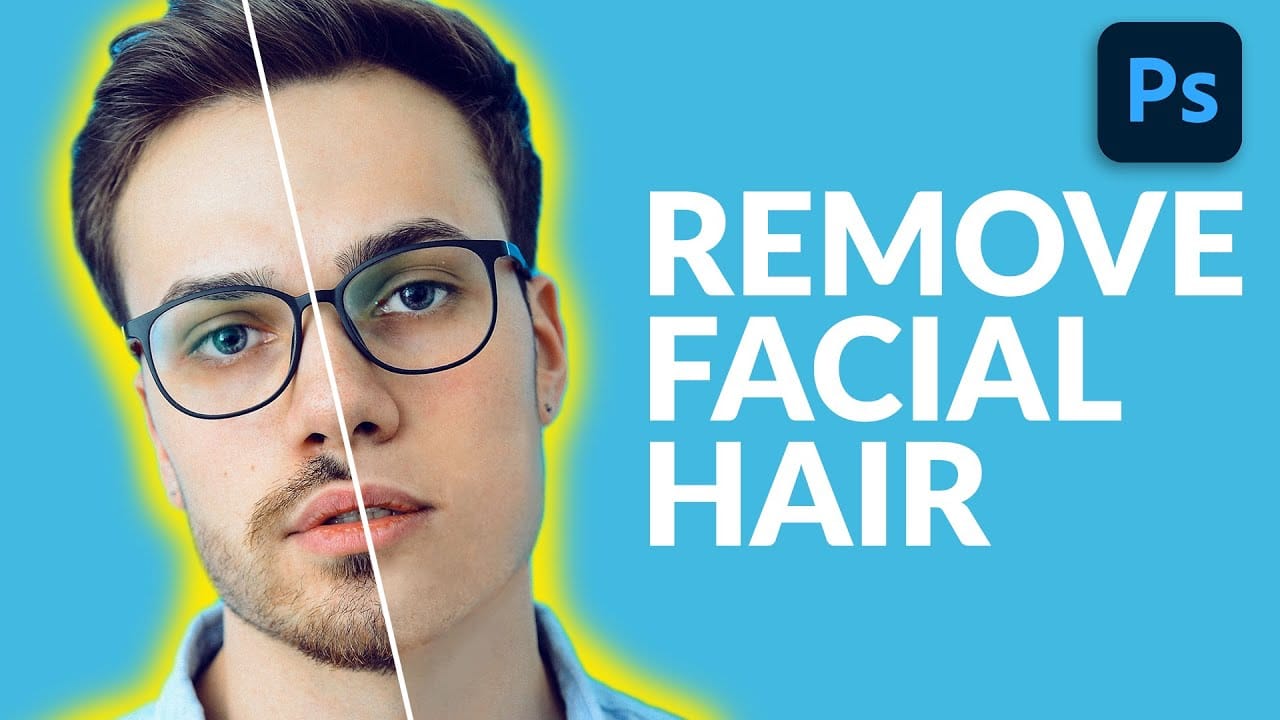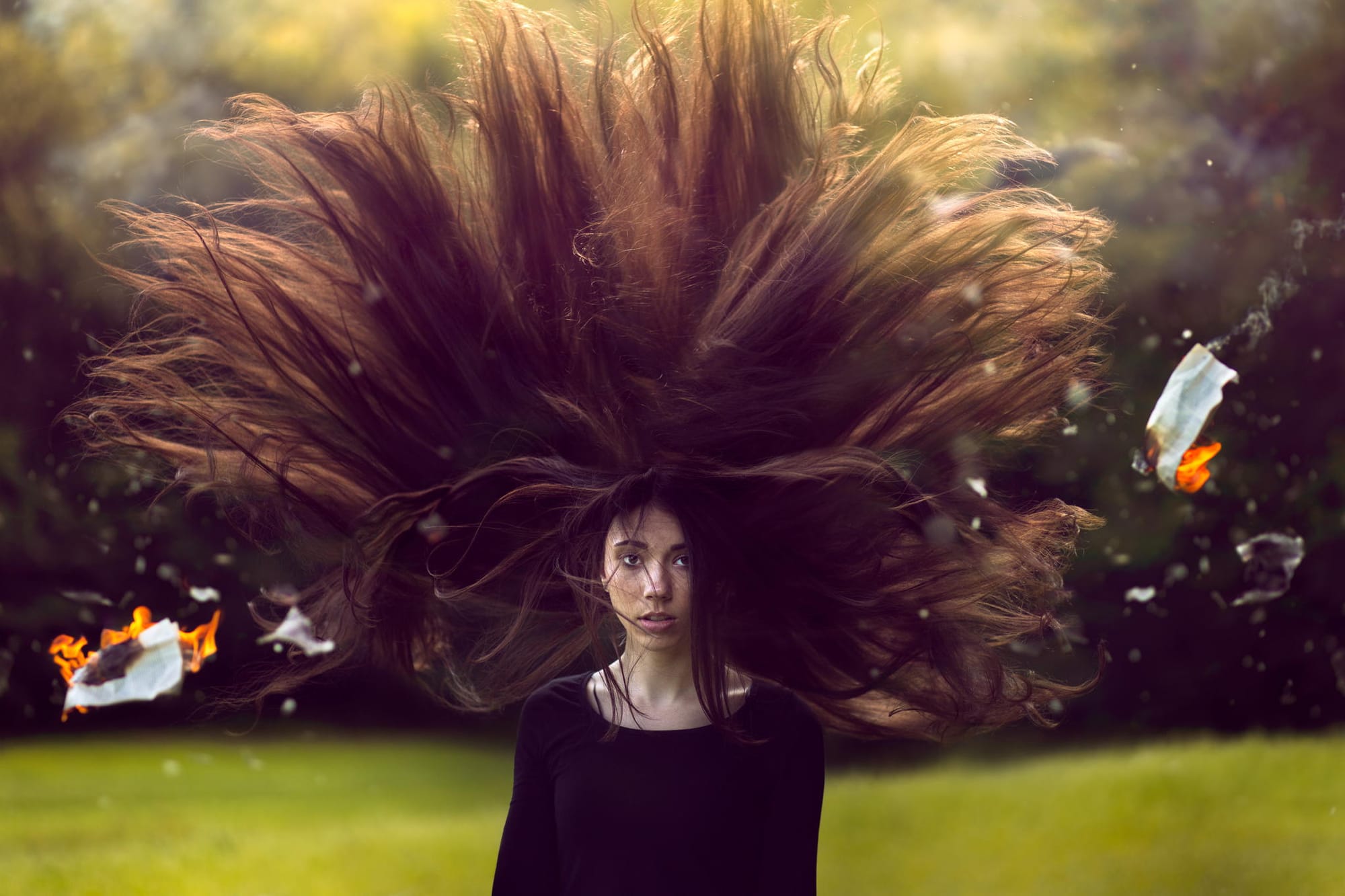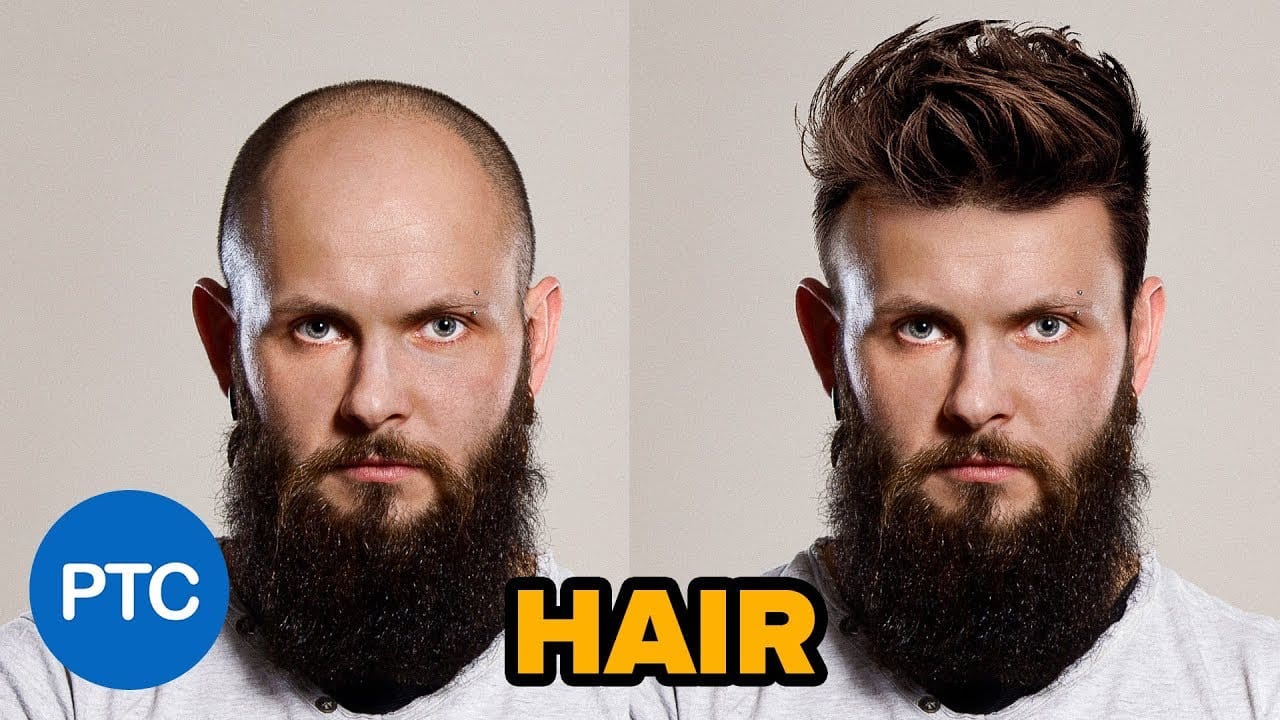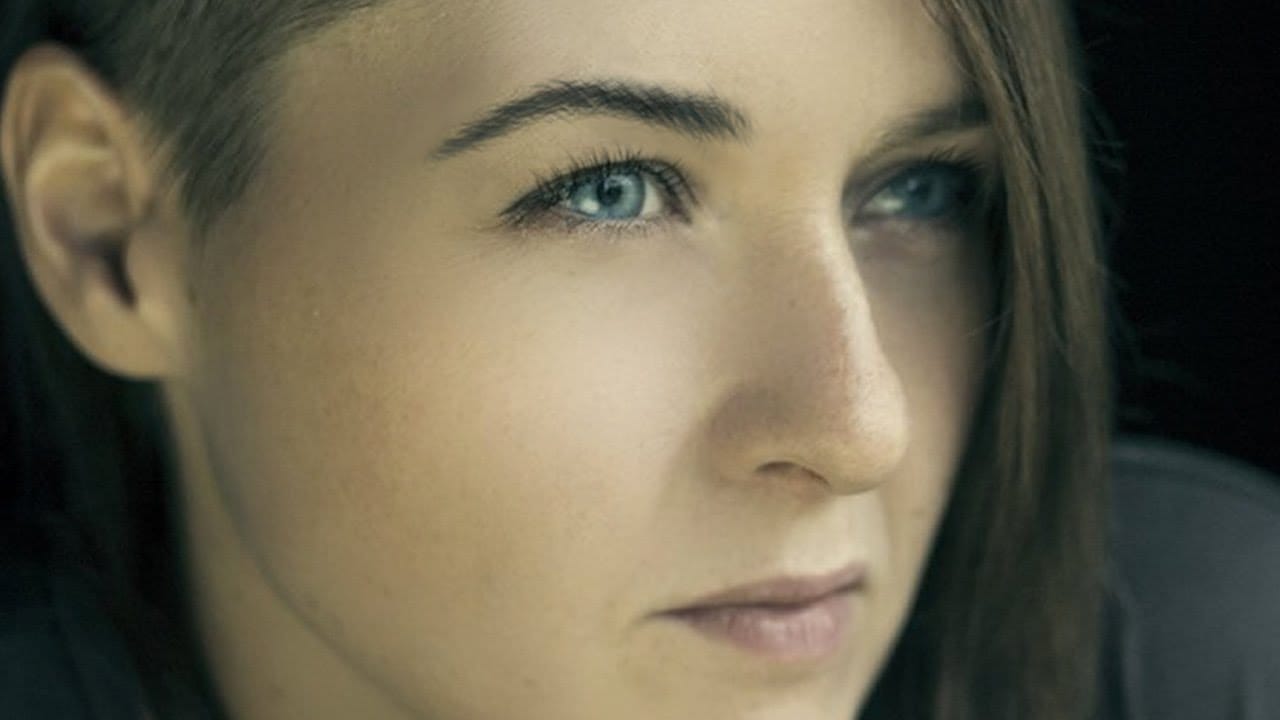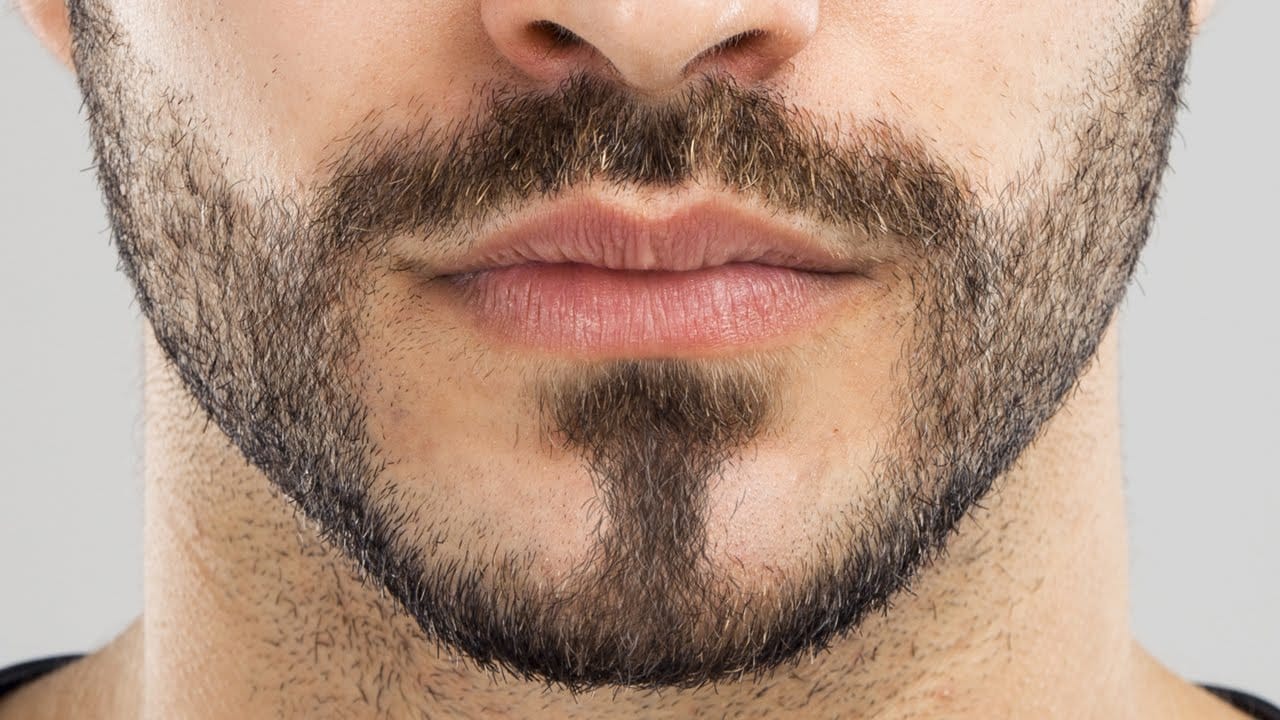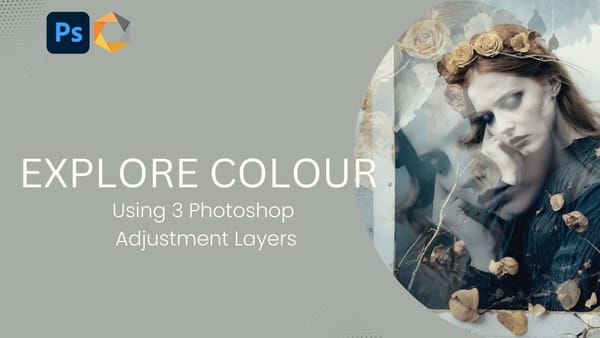Men's facial hair rarely grows evenly, leaving patchy spots that stand out in portraits. From sparse beard areas to missing mustache sections, these gaps can detract from an otherwise polished look.
This tutorial demonstrates how to create custom brushes that paint realistic facial hair, complete with natural color variation and highlights that match existing growth patterns.
Watch the Tutorial
Essential Tips for Creating Facial Hair
Master these key techniques to paint convincing facial hair that blends seamlessly with natural growth.
- Create your base hair on a white background — Paint a single hair strand with black paint at 80% brush hardness, then add a white rectangle behind it before defining the custom brush preset.
- Configure brush dynamics for natural variation — Enable Shape Dynamics with maximum Size Jitter, Angle Jitter, and Roundness Jitter to create hairs of different sizes and orientations.
- Set angle control to Direction — This makes hair follow your brush stroke direction, allowing you to paint downward for natural facial hair flow or sideways for mustache growth.
- Sample multiple hair colors from the original — Use the eyedropper to capture dark brown, black, and lighter tones from existing facial hair, then paint with each color on separate layers.
- Add highlights with white paint — Create a new layer above your hair and paint select strands with white at reduced opacity to simulate light catching individual hairs.
More Tutorials About Hair and Portrait Retouching
Explore additional techniques for working with hair and facial features in portrait photography.
